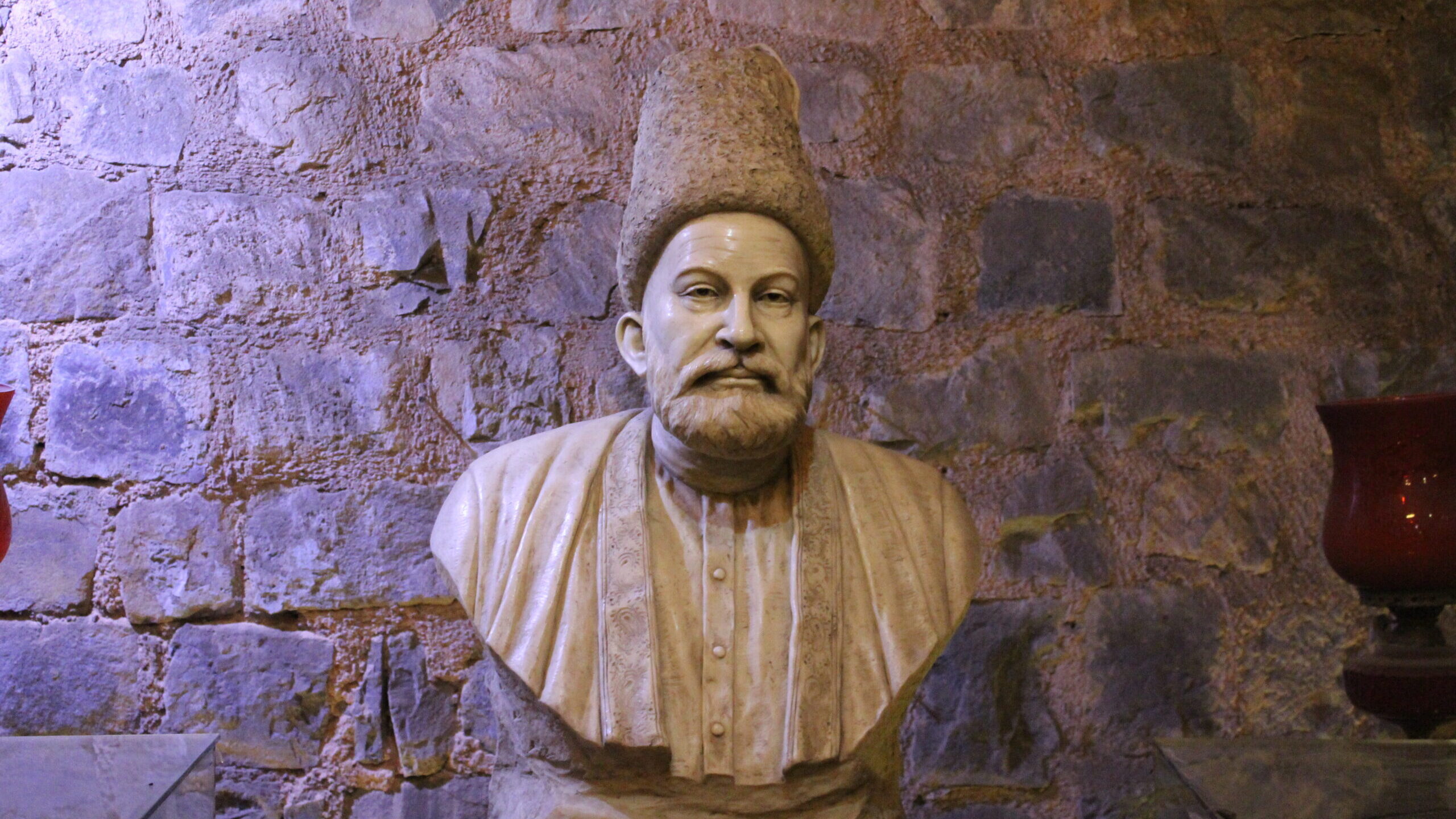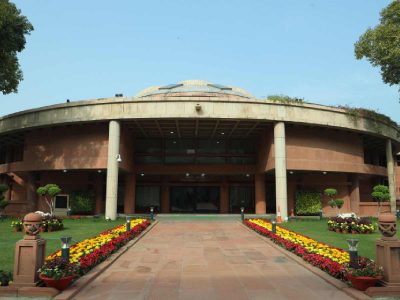Among the poets patronized by the Mughal emperors, Mirza Ghalib (1797-1869) stands out as a consummate versifier among other famous contemporaries. For the literati, he is still a world-famous figure today and his body of work is used to promote shayari (Urdu poetry).
Mirza Ghalib was born in the charming city of Agra. His father died when he was five years old. He was married to Umrao Begum at the age of 13. He left Agra for Delhi, where he spent all his time until his death.
The 300-year-old haveli (mansion) – now turned into a museum commemorating the poet — was gifted to Mirza Ghalib by one of his admirers, a doctor. Ghalib – whose full name was Mirza Asadullah Khan — spent his last 10 years here, writing some of his finest verses.
After his death, the haveli changed hands many times over the next 150 years and was even used as a banquet hall. In 1997, it was handed over to the Delhi Government and granted the status of a heritage site. It has been turned into a memorial and hosts a permanent exhibition of Ghalib’s life and work.
The quintessential haveli is accessed through the busy streets of Ballimaran, where shoppers flock for mundane purchases of footwear and eyewear. But once you have entered through the elaborate doorway, you encounter a different world, where nuances of emotion and turns of phrase brought forth “Wah wahs!” from kings, courtiers and noblemen.
The museum is not well known on the tourist circuit, but the occasional poetry fan can still be encountered in the premises. One such man is Syed Mohammad Ali from Uttar Pradesh, who often pays a visit to this mansion. “I find solace here,” he says. “This place is very close to my heart. My father was a fan of Ghalib’s poetry and often read out the poems to me. I too developed an affection for his shayari.”
Another visitor is Tanveer Ali, a Class 10 student from Old Delhi, who has come with a group of friends. “What has been written on these walls will help our generation to understand our history,” he says. He knows that Ghalib is famous worldwide as his poetry was different from the rest.
The security guard of the museum Prem Chandan, who has been here for the last seven years, is himself a fan of Ghalib and can recite many couplets. He tells visitors that many of the poems were about unrequited love.
One such verse, which loses a bit of its poignancy in translation, goes: ‘Ask my heart about your half-drawn bow/This anguish would not arise had the arrow passed through my body.’
The last word should go to Ali from UP, who comes to the museum to de-stress. “I remember my father used to say that Ghalib’s verses hold a message of peace, love and brotherhood. Today if the people pay heed, our India will become a peaceful garden.”
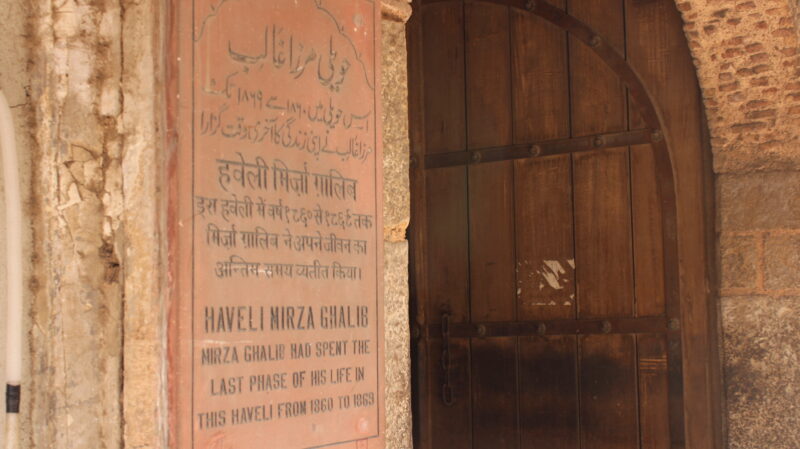
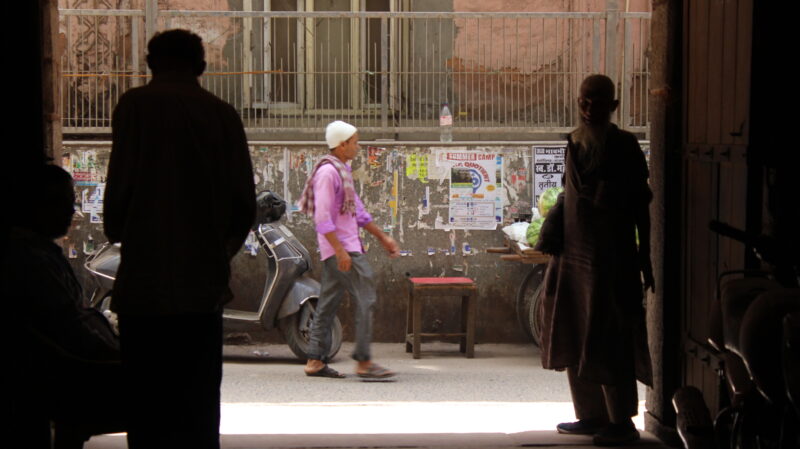
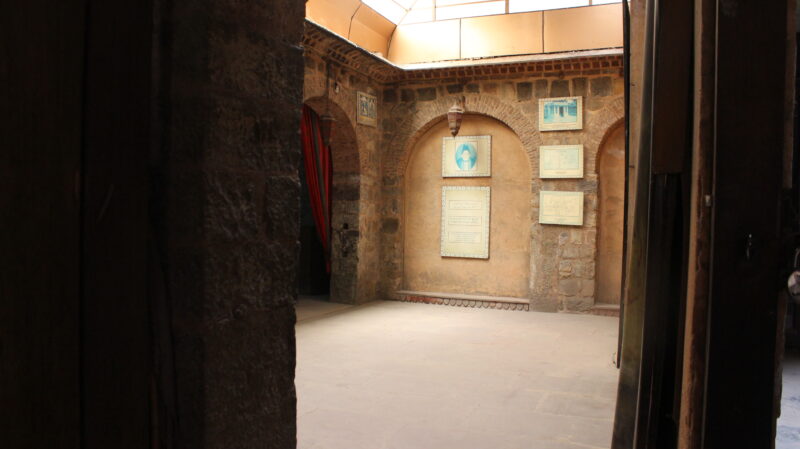
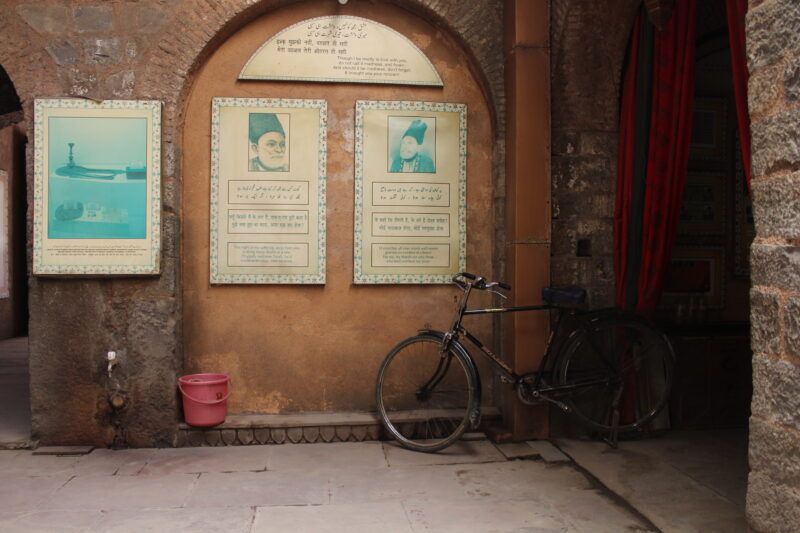
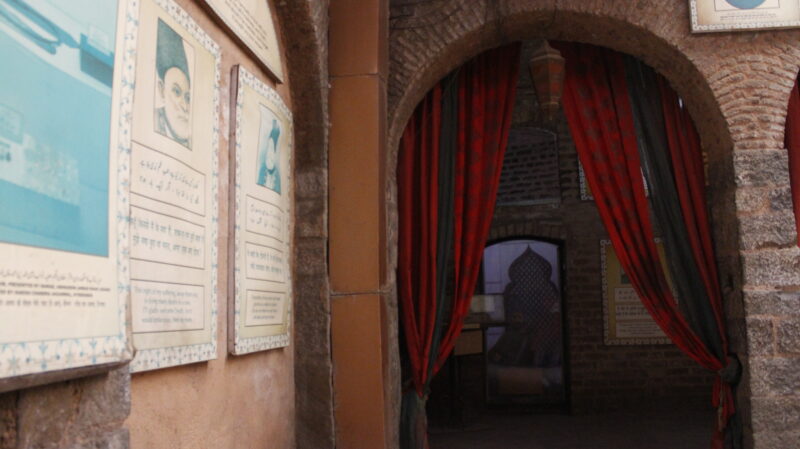
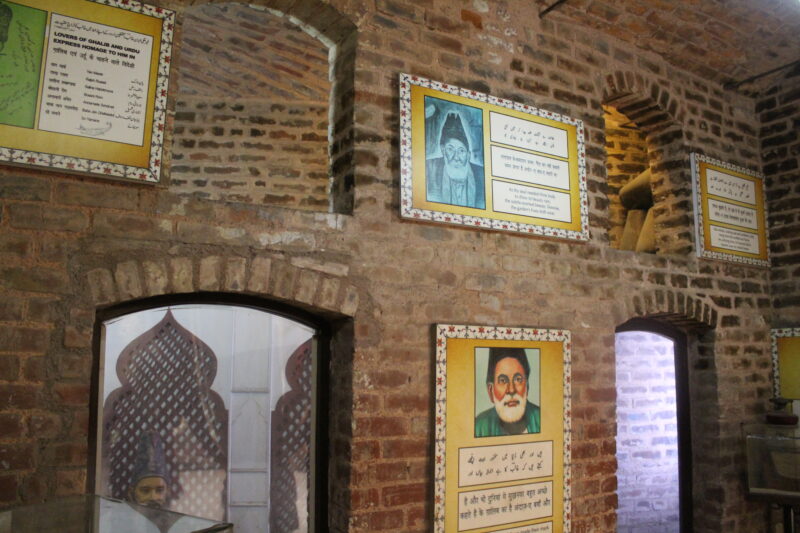
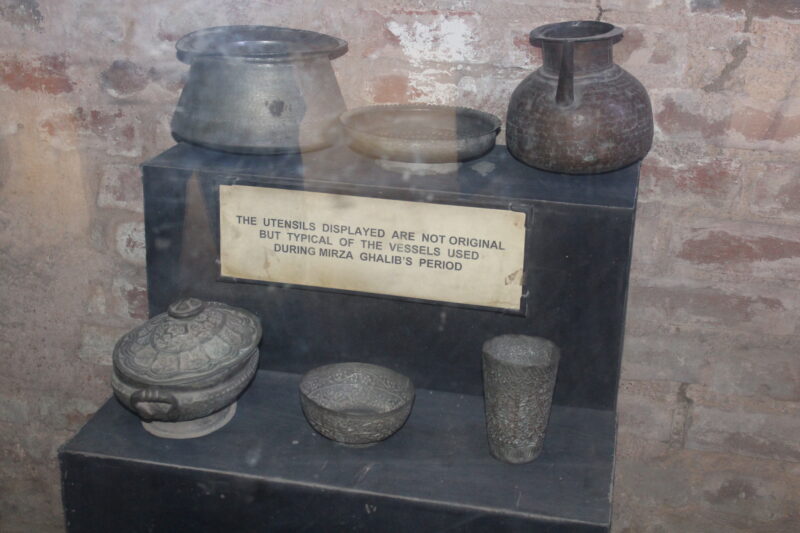
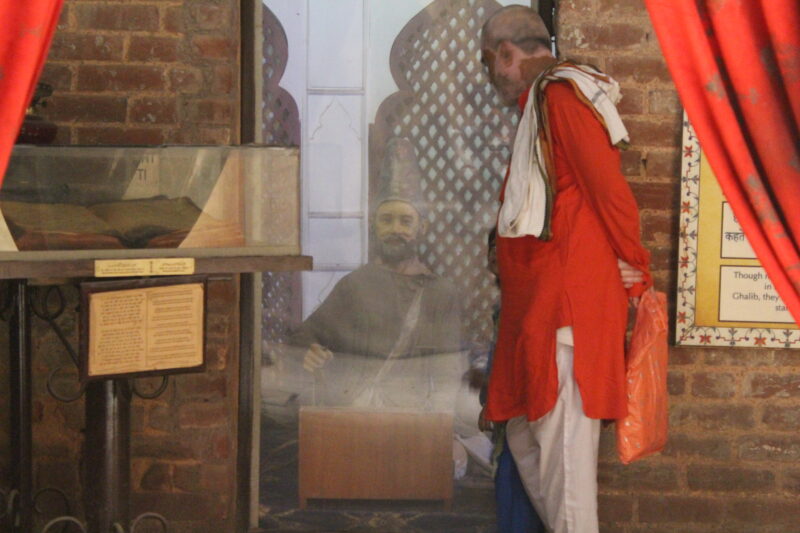
For more stories that cover the ongoings of Delhi NCR, follow us on:
Instagram: https://www.instagram.com/thepatriot_in/
Twitter: https://twitter.com/Patriot_Delhi
Facebook: https://www.facebook.com/Thepatriotnewsindia

